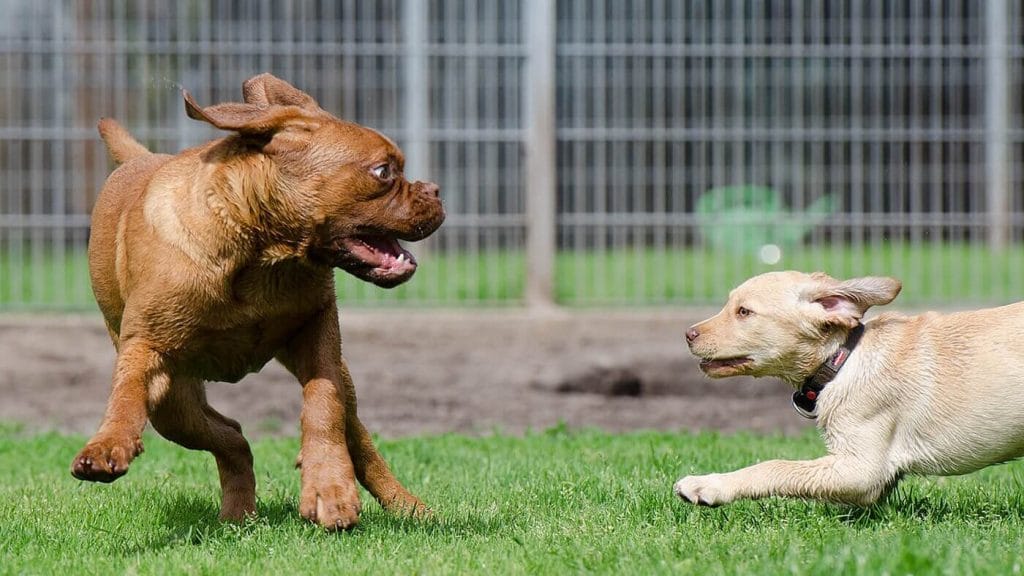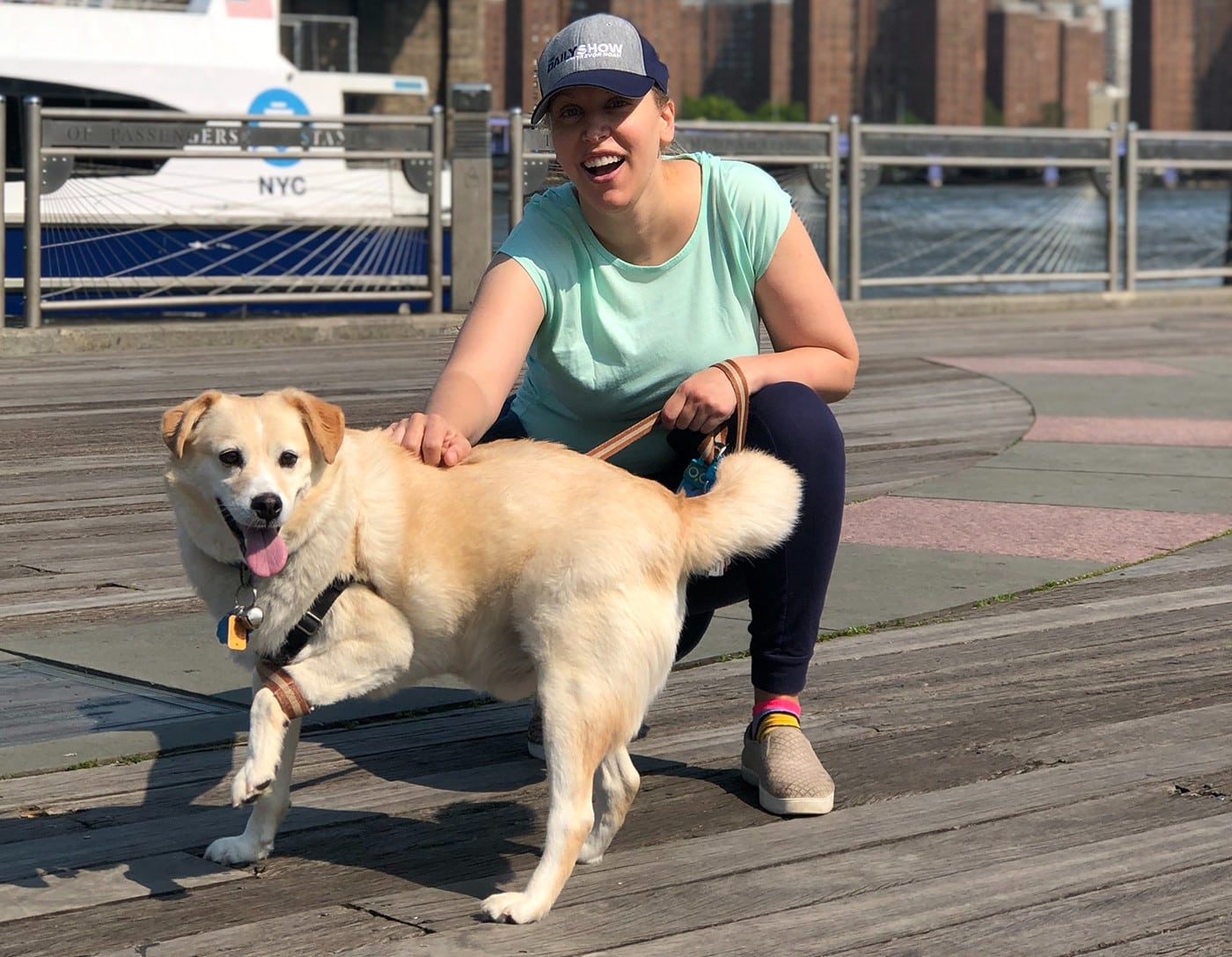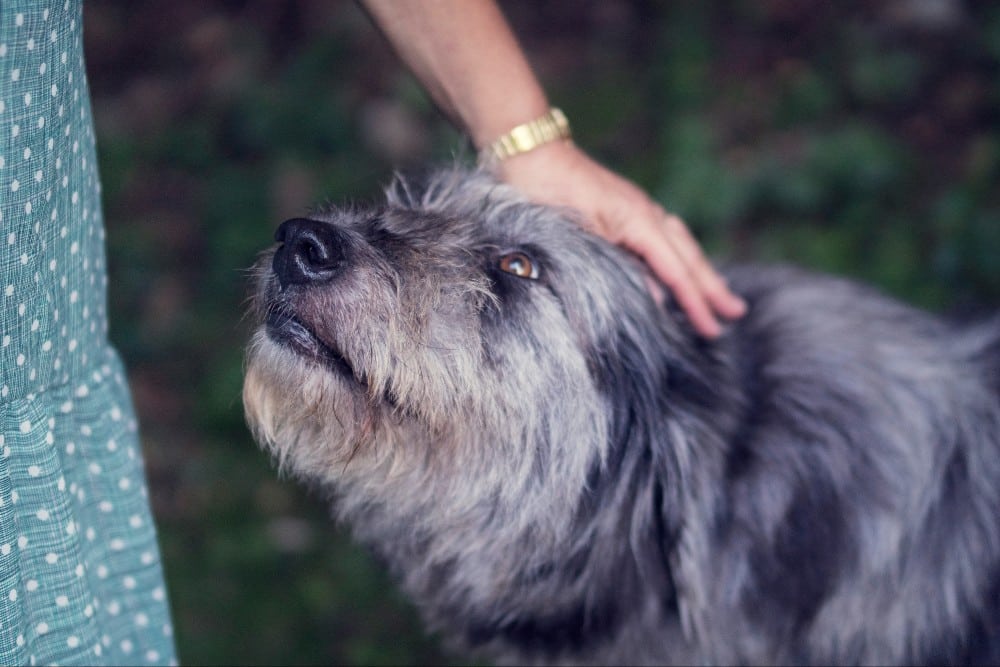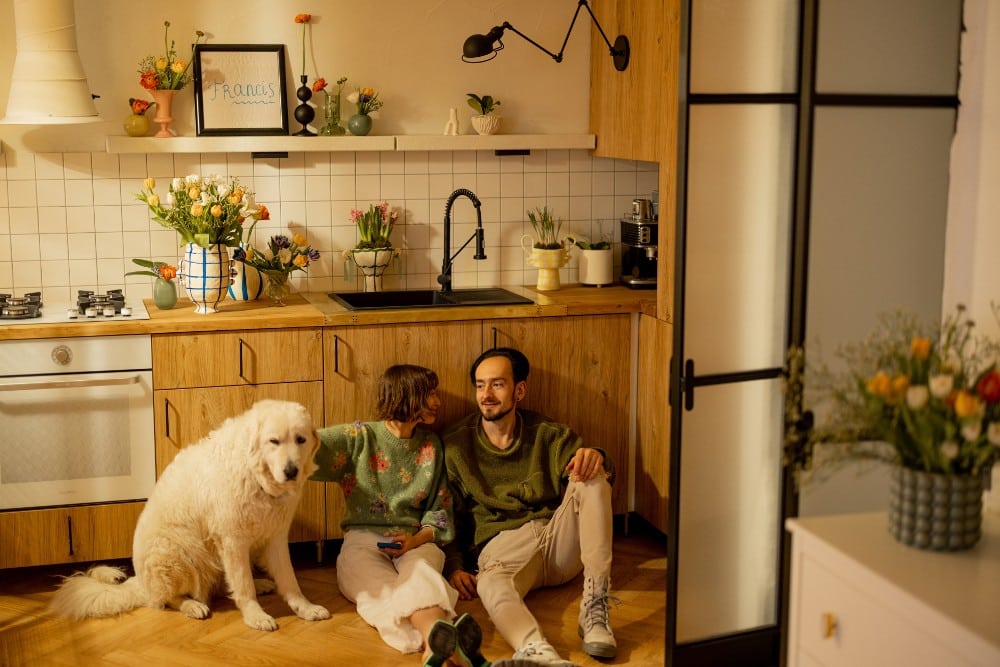Dogs are a big responsibility. They need to be walked several times a day. They need food and water, grooming and medical care, but most of all — dogs need their people.
Most dog parents want to be with their dogs as much as possible, too. But the problem arises because, let’s face it, most of us have to work, and that work is often out of the home. That means we leave our dogs early in the morning and don’t return home until after dark. Leaving a dog alone for long periods of time five days a week in an empty apartment or house can become extremely stressful — for both dogs and their human parents.
While new technology helps dog parents see, speak and even play with their dogs while they are home alone, it still means your dog sits and waits to hear or interact with you,.
That’s where doggy daycare comes in. Daycare not only eases the guilt every morning when you leave for work, but it provides your dog an opportunity to bond with a pack of dogs and have a blast while honing their social skills and getting exercise.
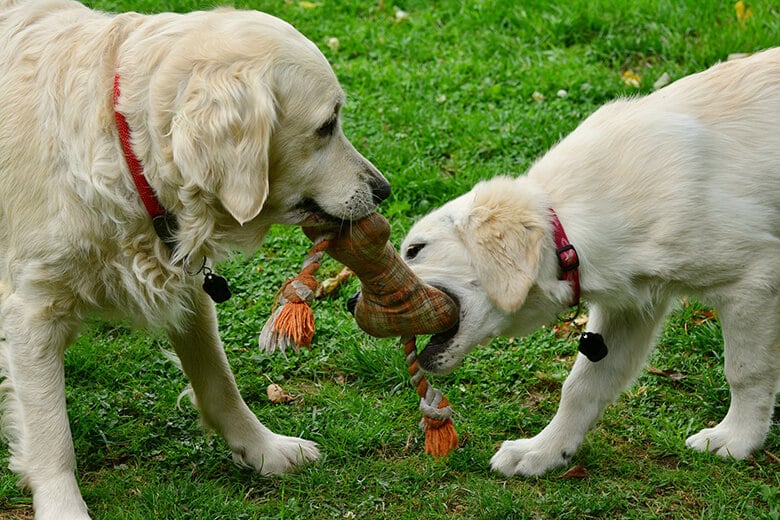
Related: How To Keep Your Senior Dog Safe During Playtime
Before you start looking at the local choices for daycare, take some time to observe your dog around other dogs in areas where they can play off leash to discern if your dog would enjoy spending a day in the company of other dogs.
Is Your Dog Right for Daycare?
Before considering taking your dog to daycare, your dog must be up-to-date on vaccinations. If you have a daycare in mind, find out what vaccinations they require. Usually, this includes rabies, kennel cough, parvo, canine influenza, Bordetella and distemper. Other recommended vaccines may include Leptospirosis, Coronavirus and Lyme disease.
The other considerations are behavioral. How does your dog relate to other dogs? What about new people? Does your dog react to children, who may arrive with their parents to pick up a dog? Daycare will expose your dogs to a potentially rotating group of dogs, pups of different ages and sizes and human strangers.
Daycare is a place for dogs to be social and to get exercise — but it’s not a place to socialize your dog. A dog who is not well socialized will find the daycare environment very stressful. You may end up with a dog who’s afraid of other dogs, or a dog that attacks other dogs out of that fear.
Ideally, socialization should start when your dog is a puppy. Puppy classes and playgroups are excellent supervised environments for a puppy to learn the do’s and don’ts of being a well-adjusted dog.
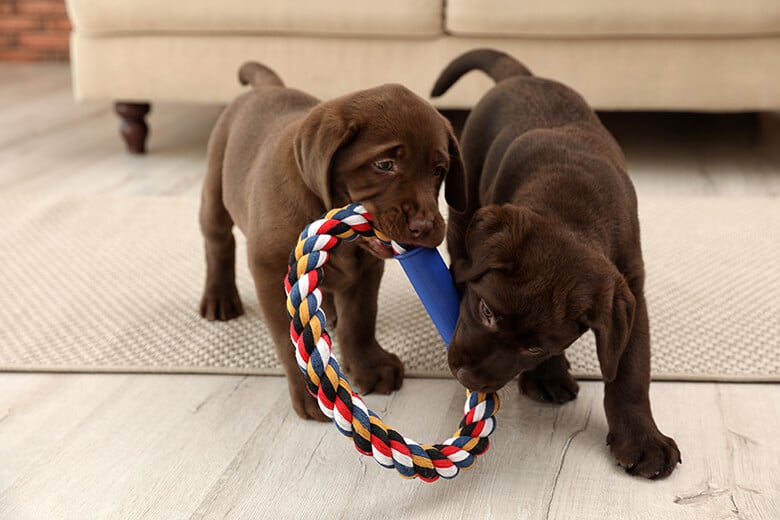
There’s a spectrum of dog temperament used by trainers and behaviorists: Dog Social, Dog Tolerant, Dog Selective and Dog Aggressive.
A dog who is Dog Social will usually do well in the daycare environment. For the Dog Tolerant and especially Dog Selective, it depends on the particular daycare and how (or if) they physically separate groups of dogs. It should be obvious, but no dog who is Dog Aggressive should ever be left in daycare.
How to Find the Right Doggy Daycare for Your Dog
When choosing a doggy day care facility, do your homework. The industry has been steadily growing since they first began appearing in the 1990s, but it is under-regulated. Licensing is similar to those of boarding kennels and include inspections by the health department, vaccination requirements and waste disposal.
Have you noticed that there’s something missing? Owners of dog daycares are not required to actually know anything about dogs. That makes research extremely important.
Ask people in the neighborhood for referrals, and use social media to reach out to other dog parents. Collect a list of nearby daycare, and check out their online reviews.
Related: The 7 Secrets to Creating a Successful Doggy Playdate for your Pup
Once you have a few possibilities, go to the daycare in person. Ask for a tour. Look for these qualities:
Transparency. The staff should be willing to answer all your questions and show you where your dog will play, eat and rest. Ask about their policies for behavior management, training, pack management and safety protocols.
Cleanliness. The facility should be clean. That doesn’t mean you won’t smell some doggy aroma, but it shouldn’t smell like old urine or poop. It also shouldn’t smell like bleach. Ask if they use pet-friendly cleaning products.
Fresh air. The area where the dogs are kept should have good ventilation. Are the dogs able to get fresh air, whether that means through windows or through a good fresh air ventilation system?
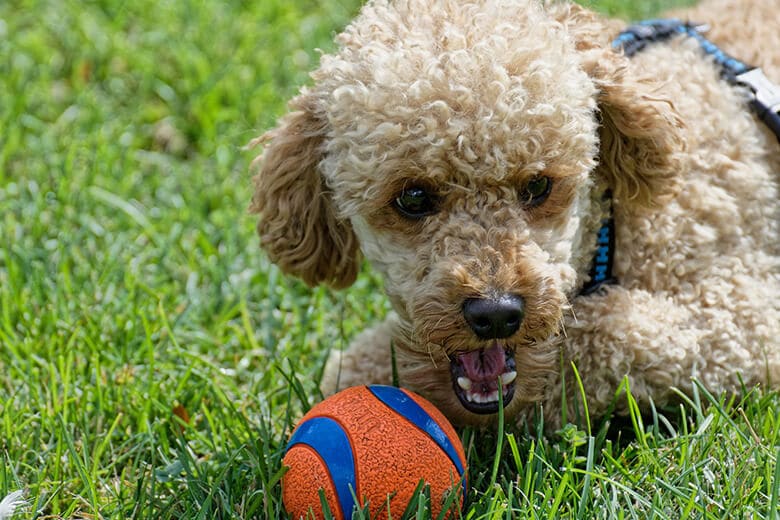
Credentials. Ask about the daycare’s certifications. There are organizations like the Professional Animal Care Certification Council (PACC) that was created to provide education, training and certification of pet care facilities. Other credentials you can look for are certified dog trainers, behaviorists that are trained to understand canine body language and training in pet first-aid and CPR.
Staff. Watch how the staff interacts with the dogs. Are they friendly? Do they seem involved? Do they appear to like their job? Or do they spend more time scanning their cell phone than the play area? What is their demeanor with their human clients? Any rude, impatient, dismissing, tired or uninterested behavior is a huge red flag. Take your dog elsewhere.
Separate areas. How is the space organized? Are there separate areas for play and for rest? There should be easy access for your dog to get away from the pack and take a breather, as well as comfy places for dogs to nap in peace. Also look at the area where the dogs are fed, and make sure that there is always access to water and that water looks clean and fresh.
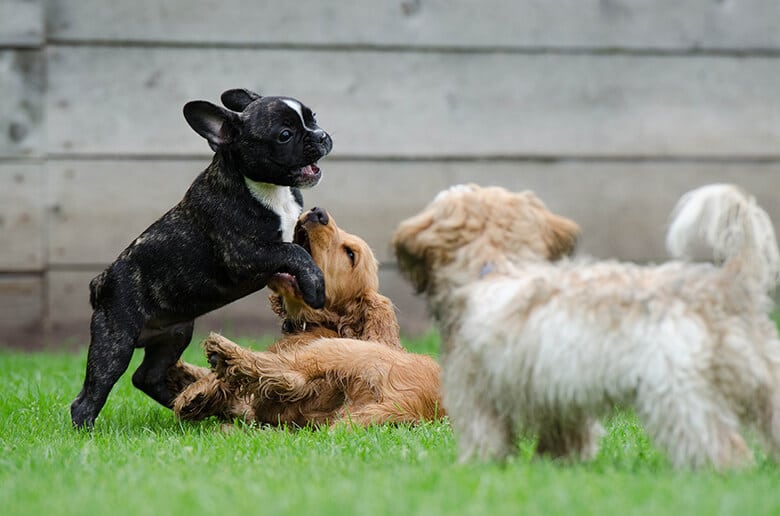
Play areas. Dogs of different sizes should have separate play areas. This prevents a mastiff from accidentally harming a Chihuahua in ordinary play. If they don’t have separate areas, do they have different time periods in the play area? Separate play areas for dogs that play differently is also ideal; some dogs like to wrestle, some like to run and chase, while others just like to hang out and sniff. This can present a problem if they’re all together. For example, small breeds that love to run can be viewed as prey by larger dogs who like to wrestle.
Neuter and spay policy. Most daycare facilities have minimum age spay and neuter requirements. This is solely due to pack management. Dogs that are neutered can react to dogs that are intact, and vice versa. A female in heat should never be put in with a group of dogs as she will potentially incite dog fights.
Staff/Dog Ratio. How many staff do they have in relation to the number of dogs? Ideally, at least one staff member to 15 dogs, but in a high-energy group, the number of staff should be higher.
Fencing and safety. If there is an outdoor play area, look for secure fencing that is at least six-feet high and that’s anchored into the ground in a way to prevent a dog from digging under. If the area is indoors, one group of dogs should not be able to access another group. Is there adequate gates and doors between the play area, the front reception, and the door leading to the street?
Supervision. The dogs should always be supervised. Many daycare now have doggy cams set up so you can check up on your pup while you’re away. Sometimes, these are accessible on the daycare’s website for the pubic to view. Check in at various times to ensure that you always see a staff member overseeing the dogs. Also, observe how the employees interact with the dogs. Do they seem interested? Do they seem able to read body language? Can they manage when dog play begins to get too rough? Be wary of staff that are both too aggressive and too passive.
Injuries. What is the procedure if a dog is injured? When a group of dogs spend a day together romping and resting, there are bound to be a scape or scratch here and there. The daycare should ask you to fill out a form authorizing them to take your dog the veterinarian and giving them clear instructions on the decisions they are allowed to make if they can’t contact you. Ask these questions:
- How does the staff assess an injury?
- How soon will they contact you regarding any injury, from a small scratch to a bite wound?
- What injuries do they believe requires a visit to the veterinarian?
- Do they have an agreement with a veterinarian close by for non-emergency vet care?
- Will they contact your own vet, or will they take your dog to an emergency hospital?
- If they must transport a dog to the vet, do they have enough staff left to supervise the dogs remaining in the daycare?
What do the dogs tell you? Observer the dogs in the facility. Are they relaxed? Are they happy and wagging their tails? Do you see any dogs cowering against walls, in corners, or displaying behavior that indicates fear? Observe the dogs coming into daycare. Do they appear happy to come there?
After Your Choice
Once you think you’ve found the daycare of your dreams, give it a trial run. Drop off your dog for a few hours. Plan some errands or activity that will allow you to get back to the daycare quickly if something goes wrong.
After an hour or two, call the daycare and ask for a status report. They should be able to let you know how your dog is adjusting quickly. As again when you pick your dog up. If the daycare has a doggie cam, access it frequently on your cellphone or tablet to see with your own eyes how your dog is adjusting.
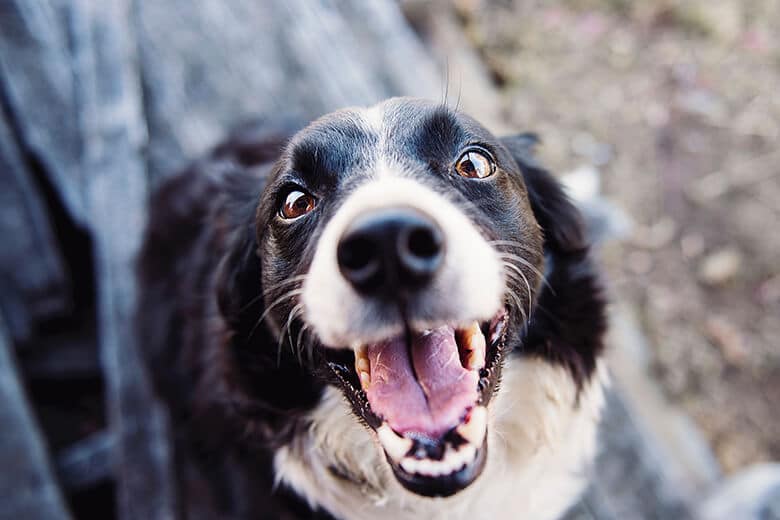
After you pick up your dog, observe her behavior. She should be tired, but not completely exhausted. She also shouldn’t be excessively smelly. Check her over for any injuries; scratches are common, but bites are a serious concern. Not only should staff always contact you if your dog gets bit, but it’s even worse if they don’t notice (or they’re hiding it). Take your dog to the vet, and never use that daycare again.
Once you’ve chosen a daycare, stay in regular touch. Staff and policies may change over time. Check the doggie cam and call for a status update during the day. As long as you are comfortable with their policies and interaction, and your dog appears excited and happy to go, daycare can be a home away from home and you can have peace of mind knowing that your dog is safe and has plenty of company while you’re away.
Related: The Rules of the Game: How to Keep Your Puppy Safe During Playtime













